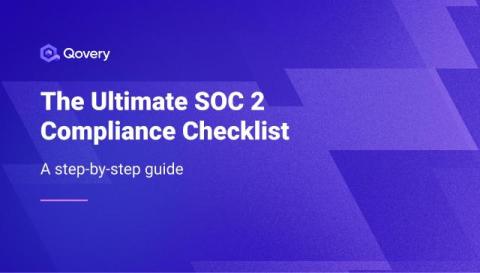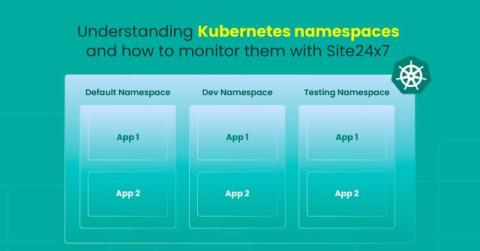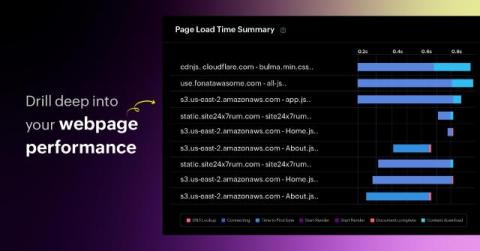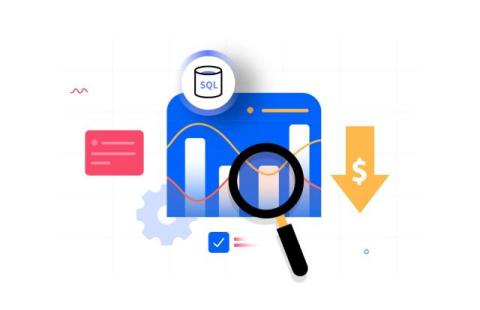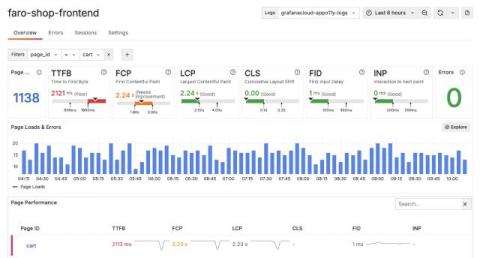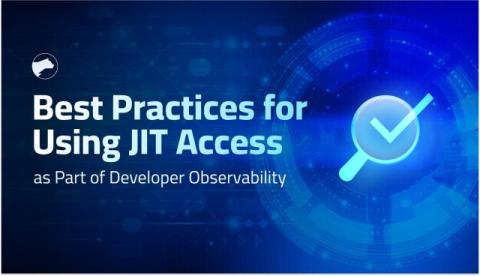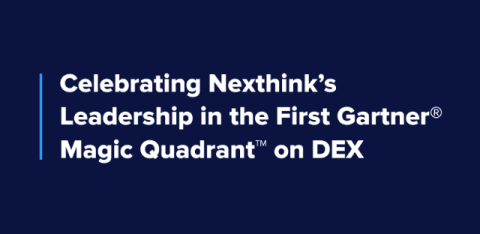10 Incident Management Best Practices to Ensure a Good Process
Everyone working in the world of IT knows that downtime is the enemy. Whether it's a server outage, a security breach, or a network failure, incidents can disrupt business operations, leading to lost revenue and frustrated customers.



